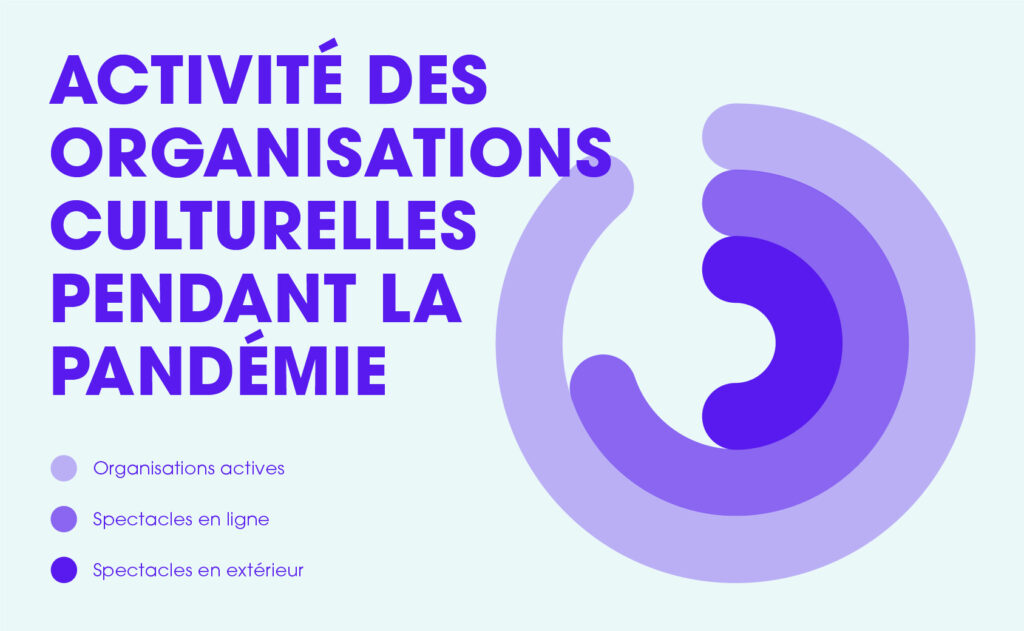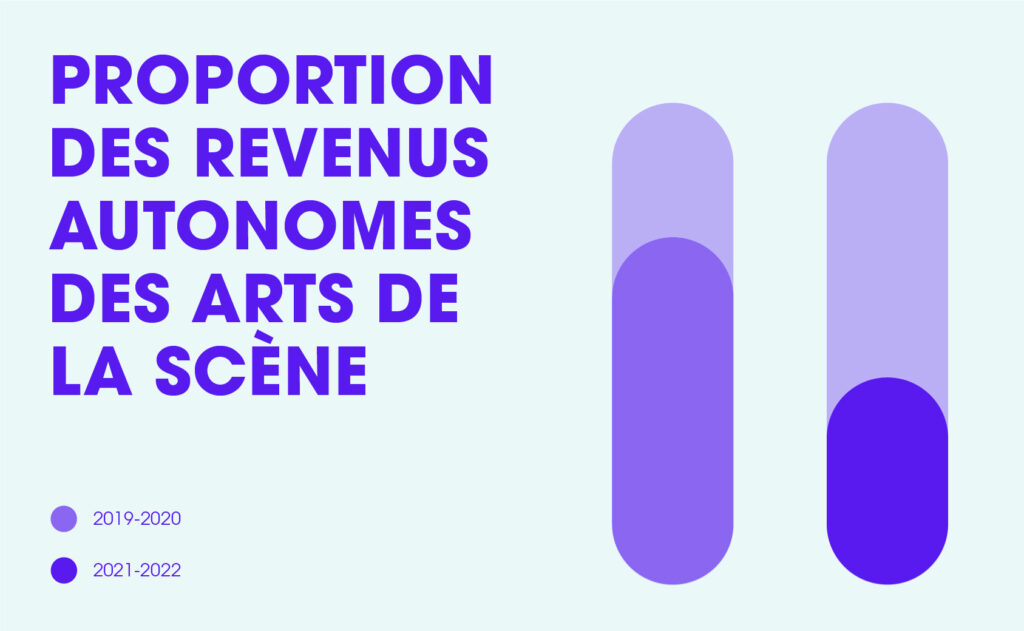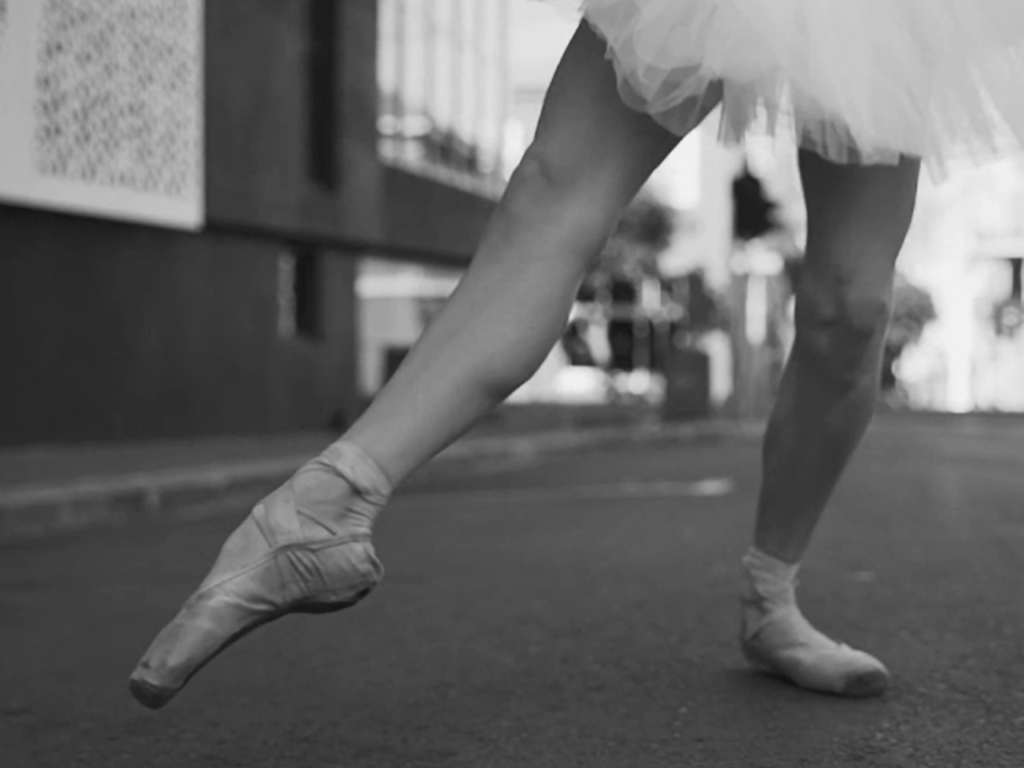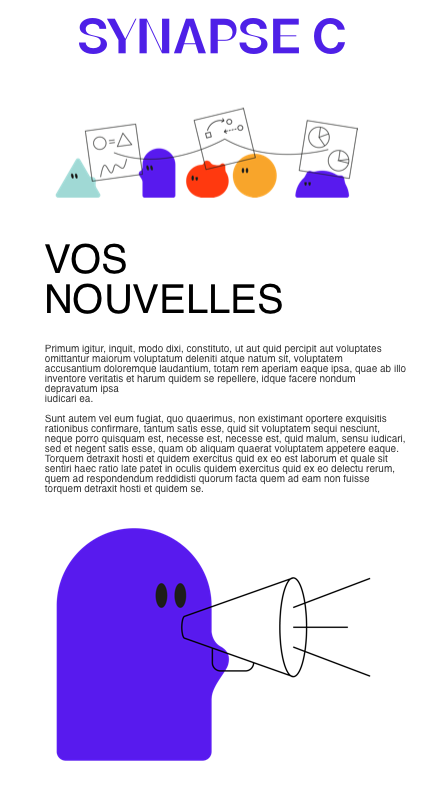The COVID-19 pandemic caused major upheaval in many sectors, including the performing arts. Organizations have had to adapt to the unexpected, face changes in the habits of their audiences and equip themselves with new tools to guarantee their sustainability. To help the community in this direction, Synapse C has conducted a series of studies aimed at understanding the changes in the cultural consumer and the challenges facing organizations.
In this two-part case, we present the results of our latest report in a series of studies on performing arts audiences and presenters conducted in 2021, 2022 and 2023 by Université de Montréal, Université du Québec à Trois-Rivières and Synapse C in partnership with Mitacs. These studies looked at cultural consumption habits during and after the pandemic, highlighting the importance of socialization, changes in cultural consumption habits, and thus the importance of data analysis in this evolving context.
Several stages

A first report (Guay & Sévigny-Trudel, 2021), produced by Synapse C in partnership with the Université du Québec à Trois-Rivières, aimed to pain an acurate picture of the changes in the cultural consumption habits of performing arts audiences a few months after the start of the pandemic. In autumn 2022, when the venues reopened, Synapse C commissioned a second report to analyze the evolution of these habits. These studies identified a number of general trends, including a marked change in cultural consumption habits, a definite willingness to return to their habits once the restrictions were lifted, and a general lack of interest for live broadcasts of performances (online broadcasts, etc.). With the prolongation of health restrictions, it was also observed that a certain distrust of public spaces and confined venues had developed over time.
The most recent study was launched in the summer of 2023, as the first cultural season without health restrictions drew to a close. A series of interviews has been planned with cultural spectators who had participated in our first study, as well as with cultural organizations from different sectors of activity: youth theater, contemporary dance, classical music and mainstream theater.
Socialization and live experience
One of the major conclusions of our recent studies is the crucial importance of the socialization brought about by the live performing arts experience. Indeed, spectators are not only looking for entertainment, but also for social interaction and shared rituals such as meals and outings before and after the show. The closure of theatres during the pandemic highlighted the importance of the overall face-to-face show experience. Virtual formats have been unable to reproduce this social dimension, underlining the uniqueness and irreplaceability of the live experience.
The impact of inflation
The survey reveals that spectators are concerned about rising ticket prices due to inflation. However, while some have noticed the increase, most find it acceptable, expressing solidarity with the cultural structures affected by the pandemic. Organization representatives report moderate price increases, or even price freezes in some cases. It turns out that inflation is linked more to activities related to the show experience, such as restaurant outings. Dynamic pricing also raises questions about its potential impact on access to shows. However, the correlation between ticket prices and attendance remains complex, with other factors such as artists’ reputation also having an influence.
Changes in cultural consumption habits

The health crisis has exacerbated pre-existing trends induced by digital technology, such as the growing unpredictability of spectators’ behavior. Increasingly, showgoers prefer to buy tickets at the last minute, which has been amplified by the months of uncertainty linked to the pandemic. In addition, the spread of teleworking has changed commuting habits, raising questions about the historic appeal of city centers and cultural districts like Montreal’s Quartier des spectacles. However, despite these challenges, these neighborhoods remain magnets for showgoers, underscoring their continuing importance in Quebec’s cultural landscape.



